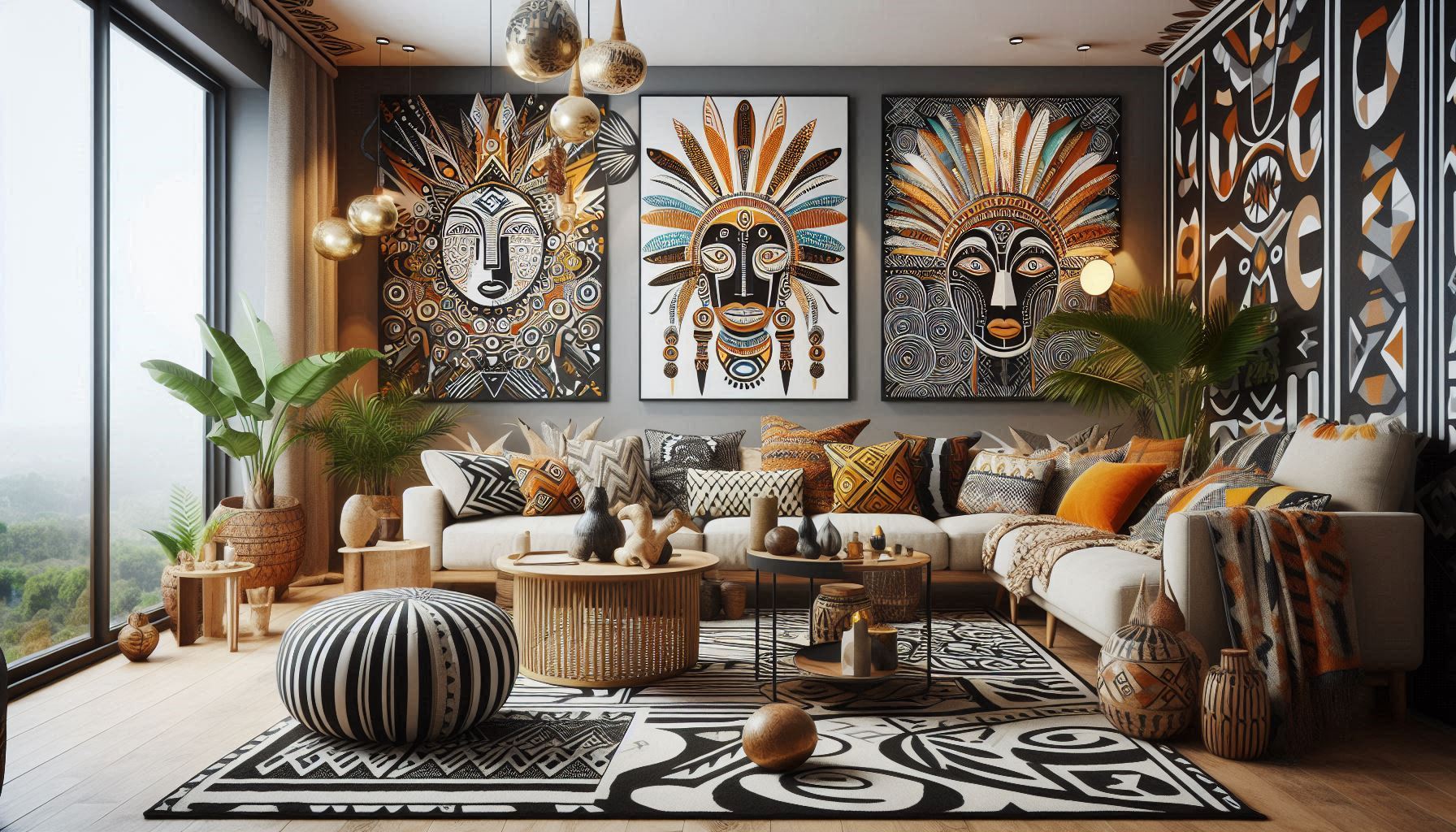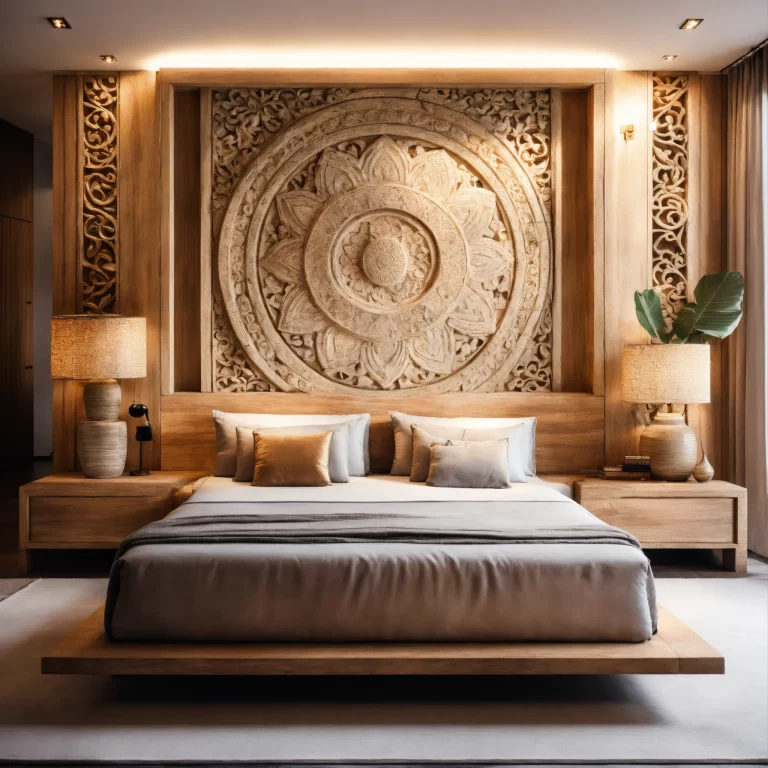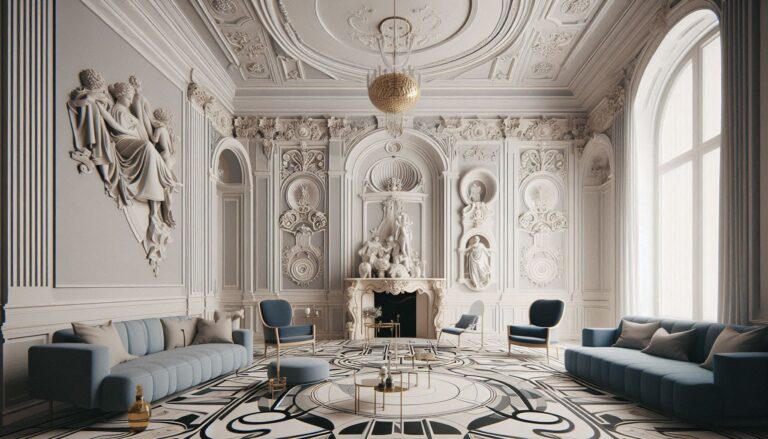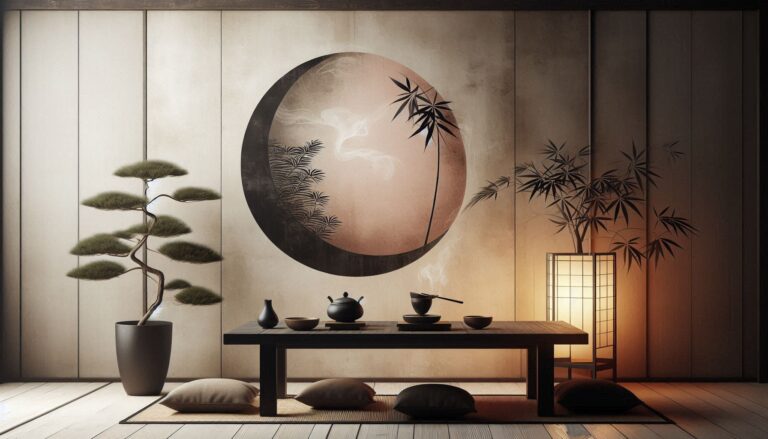How African Tribal Art Shapes Bold and Expressive Interiors

African tribal art is celebrated for its vibrant colors, geometric patterns, and symbolic forms, all of which play a crucial role in shaping bold and expressive interiors. When integrated into home or commercial spaces, African art brings a sense of individuality, cultural richness, and a deep connection to ancestral traditions. Here’s a closer look at how African tribal art shapes interior design:
1. Rich Color Palettes
African art is known for its striking use of color. Bold hues such as red, yellow, ochre, and deep blues, along with earthy tones, bring life to spaces. These colors reflect the natural environment of the African continent, from the rich soils of the savannah to the vibrant sky at sunset. Using African tribal art in an interior can add warmth, energy, and vibrancy to the space, creating a dynamic and captivating atmosphere.
2. Geometric Patterns and Symbolism
At the heart of African tribal art are geometric patterns, often laden with symbolic meaning. Whether seen in painted masks, woven textiles, or carved sculptures, these shapes not only enhance the visual appeal of a room but also evoke storytelling, history, and cultural identity. Incorporating these patterns into furniture, wall art, or decorative accessories gives interiors a sense of depth and narrative.
3. Wood and Carved Sculptures
African tribal art frequently incorporates wooden sculptures that are both functional and decorative. These carvings can take many forms, from masks and animal figures to abstract representations of human figures. When placed strategically in an interior, they act as focal points, adding texture and intrigue. The tactile nature of these sculptures creates a sensory experience that invites interaction and reflection.
4. Textiles and Weavings
African textiles, such as kente cloth from West Africa or mud cloth from Mali, are a striking way to introduce tribal art into an interior. These fabrics often feature intricate patterns that tell stories of heritage and community. They can be used in various ways: as wall hangings, throw blankets, cushions, or even upholstery. These textiles bring not only visual appeal but also cultural significance to a space.
5. Natural Materials and Sustainable Design
African tribal art is often crafted from materials that are local and sustainable, including wood, bone, stone, and textiles made from plant fibers. This connection to nature is reflected in the interiors that incorporate such art. By blending African tribal elements into interiors, designers can create spaces that feel grounded, organic, and timeless. The focus on natural materials enhances the overall sustainability of the space, contributing to eco-friendly interior design.
6. Cultural Connection and Storytelling
African art often carries deep cultural meanings, representing various tribes, rituals, and traditions. Incorporating such art into an interior offers an opportunity to tell stories of cultural significance and to create a space that is both personal and immersive. Whether through a ceremonial mask, a hand-carved figurine, or vibrant fabric patterns, the art creates a sense of heritage and belonging, allowing individuals to connect with something larger than themselves.
7. Balance of Contrast
The bold nature of African tribal art can also introduce striking contrasts into interiors. The juxtaposition of bold colors, sharp patterns, and natural textures can work harmoniously with contemporary or minimalist design, adding a layer of visual interest and complexity. This contrast ensures that the art becomes the focal point, without overwhelming the space.
8. Creating a Connection with Nature
Many African tribal artworks are inspired by nature—animals, plants, and the earth itself. Incorporating these elements into a space can enhance the connection between the interior and the natural world. Sculptures of animals or masks depicting forest spirits bring the outdoors inside, infusing the interior with a primal energy and reinforcing a connection to the environment.
9. Minimalistic Meets Maximalistic
African tribal art can bridge the gap between minimalistic and maximalistic design. In a modern, minimalist interior, a single piece of African art—a colorful painting or a carved figure—can add just the right amount of statement without overwhelming the space. Conversely, in a maximalist design, tribal art can contribute to the eclectic mix, helping to weave together various influences into a cohesive whole.
Conclusion
Incorporating African tribal art into interior design transforms spaces, infusing them with bold expressions, vibrant colors, and deep cultural meanings. From carved sculptures to intricate textiles, African art is a powerful tool in creating interiors that are not only visually striking but also rich in history and symbolism. By embracing African tribal art, interior designers can craft spaces that are expressive, unique, and full of character.






